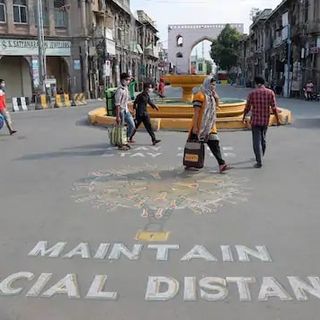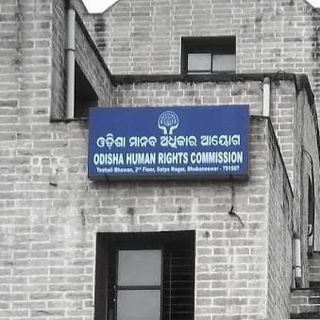While presenting the Union Budget in February 2020, India’s finance minister, Nirmala Sitharaman had proposed setting up a task force within six months that would review the minimum age of marriage for women in the country, and study its implications on maternal health. In a recent statement, the Women and Child Development Ministry (WCD) announced that this body has now been set up, signaling at a possibility of the legal age of marriage for women to be raised from 18 to 21, The Tribune reported. Currently, women 18 years and above, and men, 21 years and up are allowed to marry legally. The recommendations can be expected by July 31, the WCD said.
If implemented, this is the first time that the government will have changed the age for women since 1978 when it was increased from 15 to 18 by amending the erstwhile Sharda Act of 1929. “As India progresses further, opportunities open up for women to pursue higher education and careers. There are imperatives of lowering MMR (maternal mortality rate) as well as improvement of nutrition levels. [The] entire issue about the age of a girl entering motherhood needs to be seen in this light,” Sitharaman had said earlier.
The task force, assisted by the government’s think tank, Niti Aayog, will comprise 10 members, who will be responsible for studying the links between the age of marriage and motherhood with the health and nutritional status of the mother and the baby before, during and after childbirth. In addition, it will also suggest ways to promote higher education among women.
While there are various factors that determine the country’s maternal and infant mortality rates, the age of marriage and age at motherhood remain to be the two most important factors that cause these rates to rise or fall.
But in India, practically, age is still disregarded when it comes to marriage or childbirth. Per a Scroll report citing numbers from the National Family and Health Survey (NFHS-4), 27% of girls are married off before they turn 18.
Related on The Swaddle:
More Mothers and Newborns Are Surviving Childbirth Than Ever — But Only in Some Parts of the World
In another survey, 25% of first-time mothers were 10-19 years old, The Swaddle reported earlier. The same report also highlighted the implications of being born to a mother so young, based on results from the survey. First, it was found that these mothers’ children score poorly on height and weight for their age. And the effects are not just limited to their children. Adolescent mothers are as likely to be affected by issues such as being underweight as well as anemic.
The prevalence of child and early marriage practices in India is, therefore, one of the many reasons why the country is home to more stunted children than any other country and is also one of the ten countries with the largest burden of teenage pregnancy, according to U.S.-based International Food Policy Research Institute.
And it’s only necessary that we take steps now to improve its status on the world map when it comes to improving maternal and child nutrition. Interventions to increase the age of marriage, like the one being considered by the task force, could, therefore, go a long way in addressing concerns such as age at first birth that will not only ensure that both the mother and the infant remain healthy and their mortality rates are in check but will also help keep girls in schools and higher education longer.




